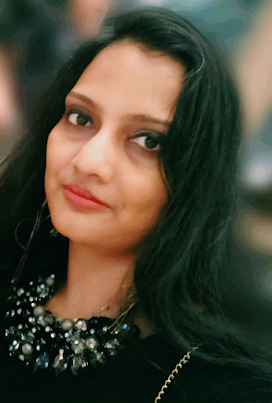Nilesh Shilkar’s artistic mission has been no less ambitious than an attempt to represent the structures of knowledge and belief that we use to understand and visualize it. Shilkar’s works are continually expanding and evolving and stems from his imagination, and is catalogued in a conceptual chart replete with allusions drawn from occult practices, traditions, and scientific elements and principles. The works delineate the universe’s formation as well as the attempts and limits of human consciousness to comprehend its vastness. His work deals explicitly with the idea of information being on the surface and information the subject of his work. Shilkar creates works on canvas, texturing it for three-dimensionality which ties the sprawling works together into a narrative structure. Offering a fresh perspective on the fusion of cultures, practices, and aesthetics, Shilkar’s key to understanding his work, draws attention to forms of culture on the fringes of the mainstream and reveals hidden personal histories within the context of what he himself has experienced. He was brought up in Shil near Ratnagiri, where he still lives.
Shilkar's talent lies in examining his surroundings in an almost anthropological fashion. Many of his installations reflect how communities in Mumbai have appropriated elements of mainstream culture and mimicked, altered, and even parodied it to make it their own. For "Projekt Thibaw," an exhibition on view at the Thibaw Palace, Shilkar pasted a large world map and inserted with a large trowel at the centre. The piece is now part of Thebaw collection; but the earlier projects, such as Mumbai Shanghai, and Complimentary Dish, make clear the link between Shikar's incisive analyses of contemporary culture and conceptual political art more generally, often resulting in humorous and insightful observations on the hierarchies of art and life.
This impression is due to the stratification of compositional levels: layers of large and regular chromatic planes studded by small drawings and by digressions in calligraphic style are overlaid with miniature figurative openings and sinuous abstract drawings are added. The accumulation of overlapping layers, colors, and images uniformly covers the surface, becoming indifferent to the boundary with the pictorial stratification conferring depth to the paper, the various elements that make up the work appear to occupy a volumetric space, while the images and colors seems to be the result expressed in three-dimensions. The pictorial density, in which the figurative elements are interwoven and mingle, and sometimes are superimposed upon others, is thus revealed as an expression of the artist's cultural condition.
The initial impression of a chaotic and uniform density is substituted by a curiosity that leads the viewer to the exploration of three-dimensionality as a visual translation of memory and time. A three-dimensionality in which the stratification corresponds to the intersecting or the melting in one's mind of memories more or less recent, to the battle between the urgency of the present and the evocative force of the past. Elbowing for space on paper are pictorial styles and visual data mediated by tradition, as one can make out in the tiny landscapes that invade at several points, iconography or personal memories seen with the eye of the artist's original culture. The compositional hierarchy: the figuration uniformly supports, and the material has evidently undergone a strong selection by the artist, allowing some elements to take precedence. For this reason, the works appear as a more evolved emotional form where memory, no longer obsessive, seems to be driven into a structure and a defined meaning
In his painting there is no
insistence on reinventing time, nor is there an attempt to make the past
present, for past and present are shown completely. Memories shift among
nostalgic motivations; they are mirrors of ourselves that envelop us like
whirlwinds. Nilesh Shilkar has the ability to show coherence and freshness in
painting based on the symbolic elements of a historical reality. Freeing
himself of the imposing and limiting sense of a mere transposition of images
and symbols, he realizes a subversion of the imagination stemming from the
inheritance manifested in the implicit power relations. Subversion often begins
through references that extend inside or outside the space of the canvas. The
artist gives a new dimension to painting as he approaches or distances himself
from the two-dimensional plane the images decompose into a dissociating effect
that transforms the pictorial matter into intoxicating condensations, into
contractions, and into impulses. The artist offers us a rich game of semantic
suggestions where the course of history is no longer delineated as before. The
autonomy of the symbol engenders a reality gathered from the material itself.
He thus procures to rescue memory, not as the actualization of the past, but
rather as its prolongation into the present, for the present depends on the
past in order to manifest itself. Nilesh Shilkar's work is a release transposed
with rare mastery for the world of painting. Through a powerful and free
transfiguration, he evokes testimonies of memories and of the present, made of
matter and rebellion, dream and reality.
Abhijeet Gondkar
February 2025












